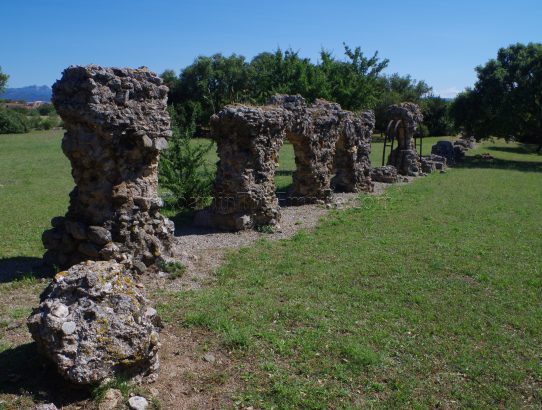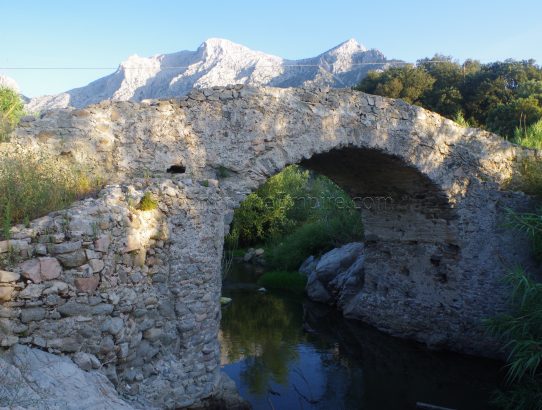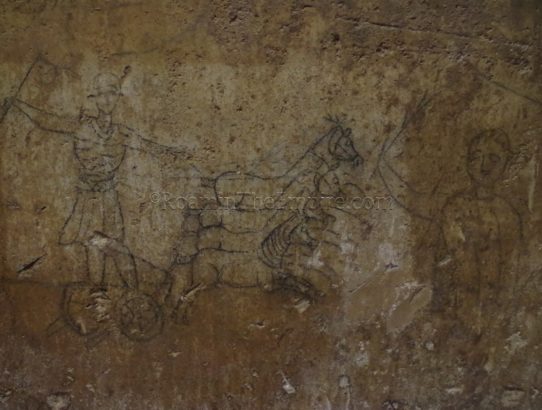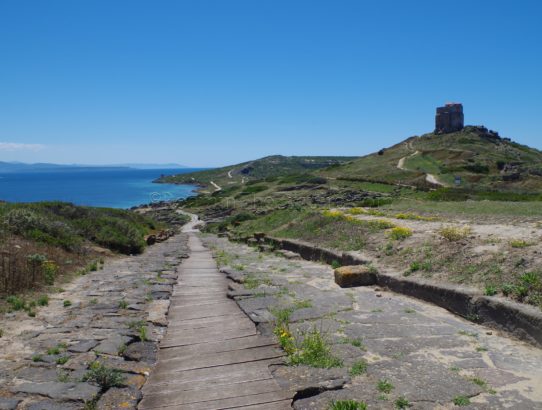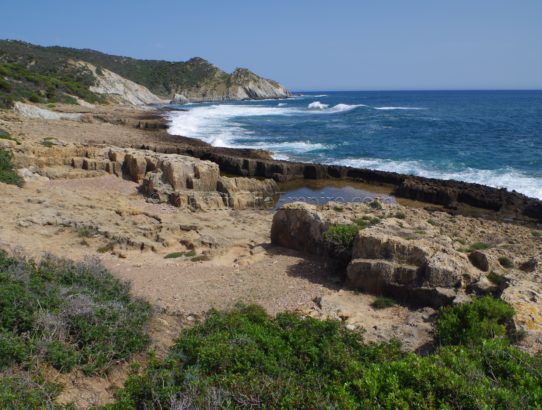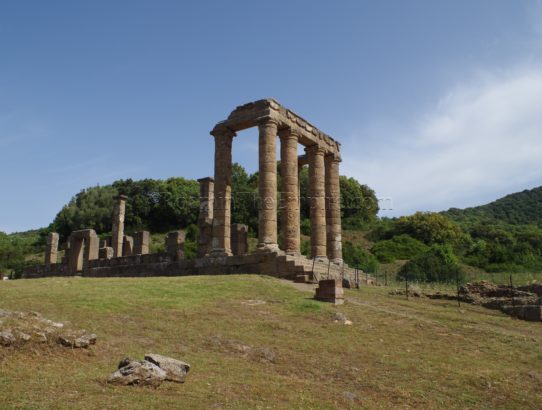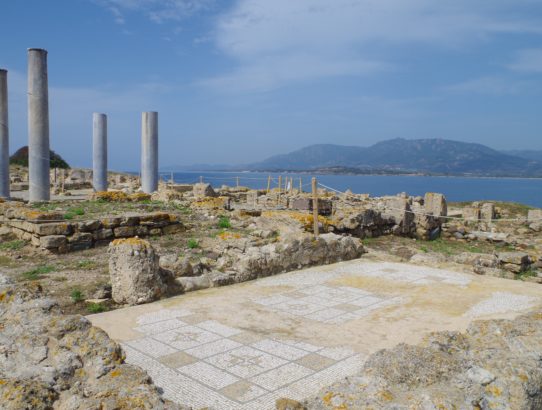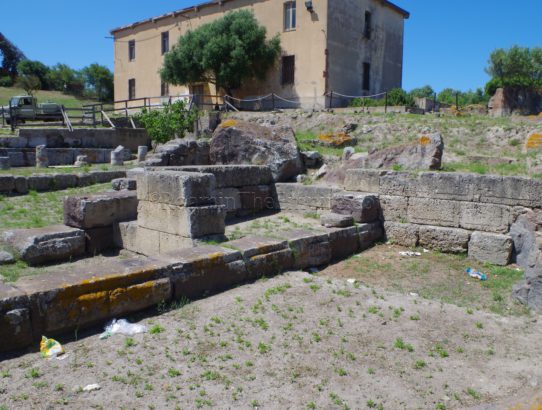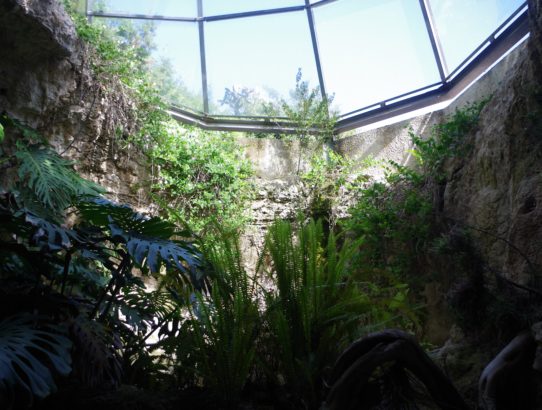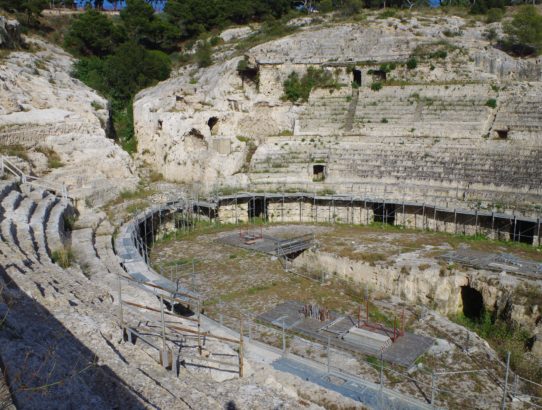Olbia, Sardinia
History Located on the northeast coast of the Sardinia, Olbia is today, as it was in antiquity, the primary city on the eastern coast of the island. The city has taken on a number of names throughout history; Civita, Phausania, and Terranova Pausania, before being changed back to Olbia under Mussolini. Historically, the founding of…
Read More


